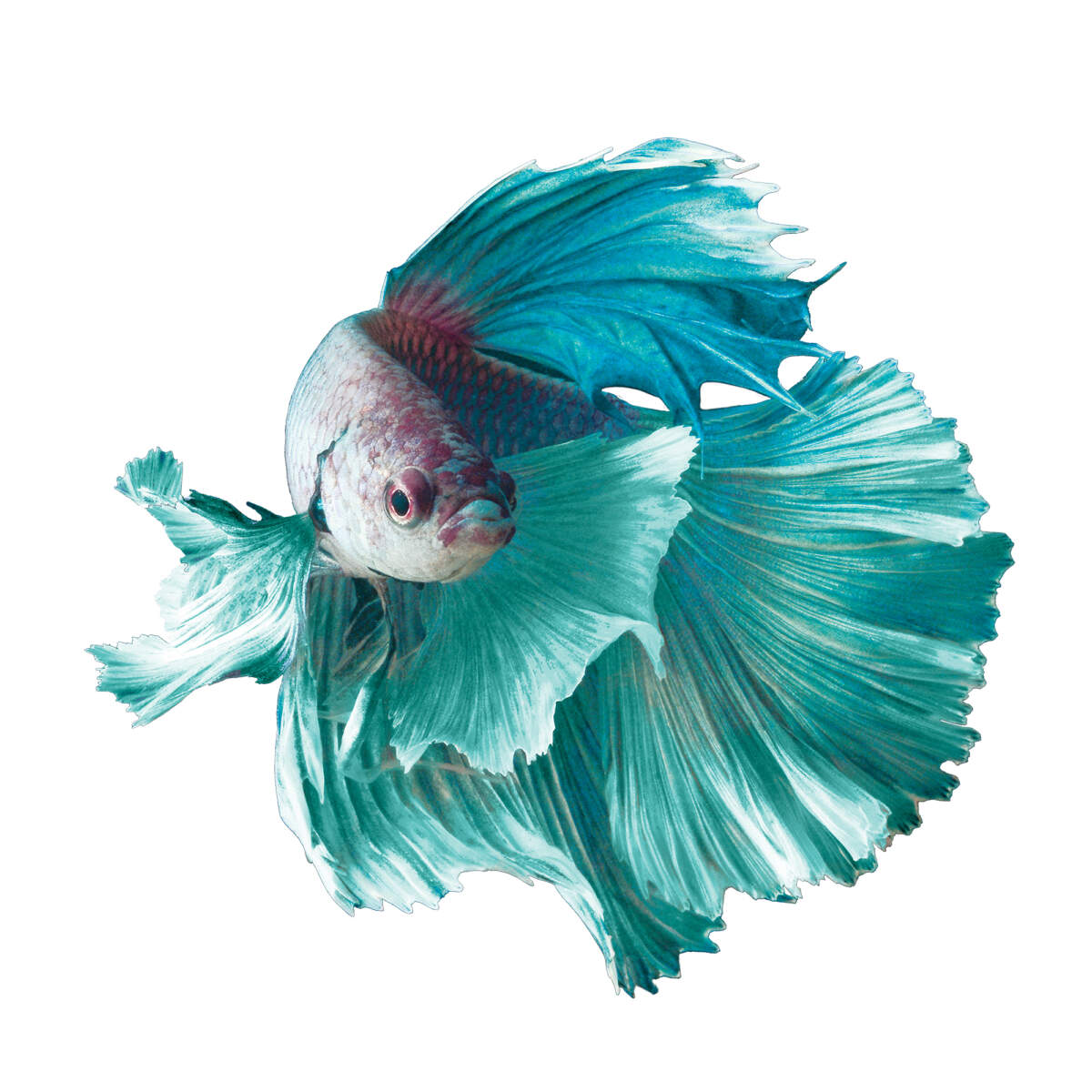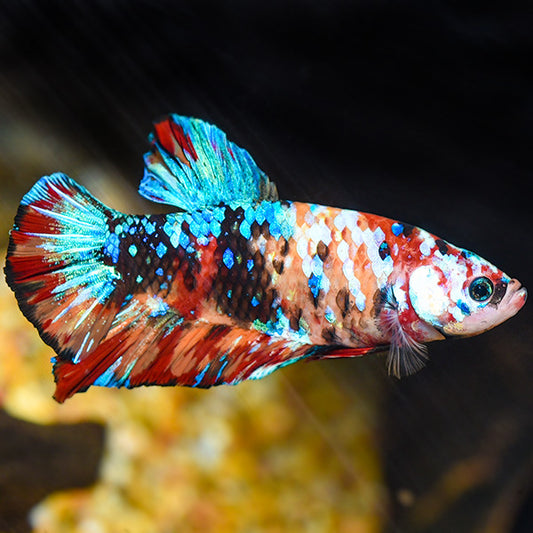Betta Fish Diet: What to Feed Your Betta for Optimal Health And Wellness
Betta Fish Diet: What to Feed Your Betta for Optimal Health And Wellness
Blog Article
Everything About Betta Fish: Understanding Their One-of-a-kind Needs, Actions, and the most effective Practices for Optimum Treatment
Comprehending the unique requirements and actions of Betta fish is necessary for any aquarist seeking to provide ideal treatment. These exciting animals, indigenous to the cozy waters of Southeast Asia, exhibit distinctive territorial tendencies and need details ecological conditions to prosper. From picking the right tank dimension to identifying potential health and wellness concerns, various aspects substantially affect their well-being. As we check out these components further, the implications for both newbie and experienced fish keepers become progressively noticeable, raising concerns concerning just how best to fit these exceptional fish in our homes.
Betta Fish Summary
Although typically appreciated for their lively shades and moving fins, Betta fish, medically called Betta splendens, are complex animals that need details like thrive. Stemming from Southeast Asia, these freshwater fish are understood for their territorial nature and distinct actions. Betta fish exhibit sexual dimorphism, with men presenting extra dazzling shades and longer fins than females.
Their aggressive tendencies, specifically amongst males, necessitate mindful consideration when housing them. Bettas are typically maintained in single-specimen tanks to avoid territorial conflicts. Nevertheless, they can exist together peacefully with particular compatible varieties in larger community storage tanks, supplied the environment fulfills their requirements.

To make certain optimal care, aquarists should comprehend their special behavioral attributes, nutritional demands, and environment needs. betta fish. With correct attention, Betta fish can exhibit their vibrant individualities and thrive in a well-maintained fish tank setup
All-natural Environment and Atmosphere
Betta fish grow in a varied variety of all-natural habitats, mainly located in the superficial waters of Southeast Asia, including rice paddies, swamps, and slow-moving streams. These atmospheres are identified by warm temperature levels, generally between 75 ° F and 82 ° F(24 ° C and 28 ° C ), and a pH degree varying from 6.5 to 7.5, which is optimal for their health and wellness and well-being.
In their natural environments, Betta fish are accustomed to thick greenery, providing both sanctuary and breeding grounds. The visibility of plants such as floating water lilies and thick grasses not just provides defense from killers however also adds to the oxygenation of the water, which is crucial for their breathing needs. In addition, these atmospheres often have locations of still water, allowing Betta fish to display their natural behaviors such as bubble nesting.
Understanding the all-natural habitat of Betta fish is critical for aquarium fanatics. Duplicating these problems-- through water temperature level, pH balance, and the addition of live plants-- can substantially enhance the general health and durability of these exciting fish, ensuring they flourish in a home aquarium setup.
Social Actions and Interactions
Recognizing the social behavior and communications of Betta fish is essential for successful fish tank management. Betta fish, or Siamese battling fish, are recognized for their unique behavior attributes, characterized mostly by territoriality and aggressiveness. Males, particularly, present very aggressive habits in the direction of each other, causing the notorious reputation of Betta fish as competitors. In a restricted room, two males can take part in violent confrontations, commonly causing injury or death.
Conversely, women Bettas show much less hostile actions and can exist side-by-side in teams, referred to as sororities, if presented effectively. It is essential to monitor their interactions very closely, as power structure and prominence can lead to conflicts. Recognizing the characteristics within a Betta area is crucial; establishing hiding spots and guaranteeing sufficient space can reduce aggressiveness.
Additionally, Betta fish may also present interest and social habits towards various other types. While they can exist together with certain non-aggressive tank mates, it is important to pick suitable species to stay clear of anxiety and aggression. On the whole, acknowledging these social interactions is key to cultivating a harmonious aquarium setting for Betta fish.
Necessary Treatment Guidelines
Providing correct treatment for Betta fish is crucial to their health and well-being. Normal water modifications-- about 25% regular-- assistance preserve water high quality.
Betta fish require a suitable storage tank size; a minimum of 5 gallons is recommended to give sufficient space for swimming and hiding. Include decorations and plants to create a stimulating setting, yet go prevent sharp objects that can damage their fragile fins.

Lastly, make certain the container is outfitted with a filter to maintain the water clean, but use a mild filter to avoid solid currents that can emphasize the fish. By complying with these vital care guidelines, proprietors can advertise a healthy and vibrant Betta fish.
Common Wellness Issues and Solutions
In the care of Betta fish, understanding of common health and wellness issues is important for preserving their health. To treat fin rot, boost water conditions and take into consideration using a broad-spectrum antibiotic.
An additional common condition is ich, a parasitic infection defined by white spots on the fish's body (betta fish). Therapy involves boosting water temperature level and adding fish tank salt to the container, as this can help get rid of the bloodsucker
Swim bladder disorder is likewise regularly observed, leading to buoyancy troubles. This problem may develop from overfeeding or irregular bowel movements. A fasting duration of 24-48 hours, followed by a diet plan of blanched peas, can give relief.
Finally, bettas might deal with velour disease, suggested by a gold dust-like look on their skin. Treatment commonly requires medicine especially designed for outside bloodsuckers, along with improved storage tank hygiene.
Regular monitoring of water criteria, preserving a clean setting, and supplying a balanced diet are vital preventative measures. By attending to these health and wellness concerns without delay, Betta fish can lead much healthier, extra vibrant lives.
Conclusion
In summary, successful betta fish this contact form treatment calls for an understanding of their one-of-a-kind demands and actions. Providing a suitable setting, consisting of ideal container dimension and water problems, is necessary for their well-being. Additionally, recognizing their territorial nature and ensuring ample concealing areas can stop hostility. Regular monitoring of health and water top quality, in addition to a balanced diet regimen, adds over at this website to the durability and vibrancy of betta fish. Sticking to these guidelines will certainly cultivate a successful water community for these captivating animals.
Report this page